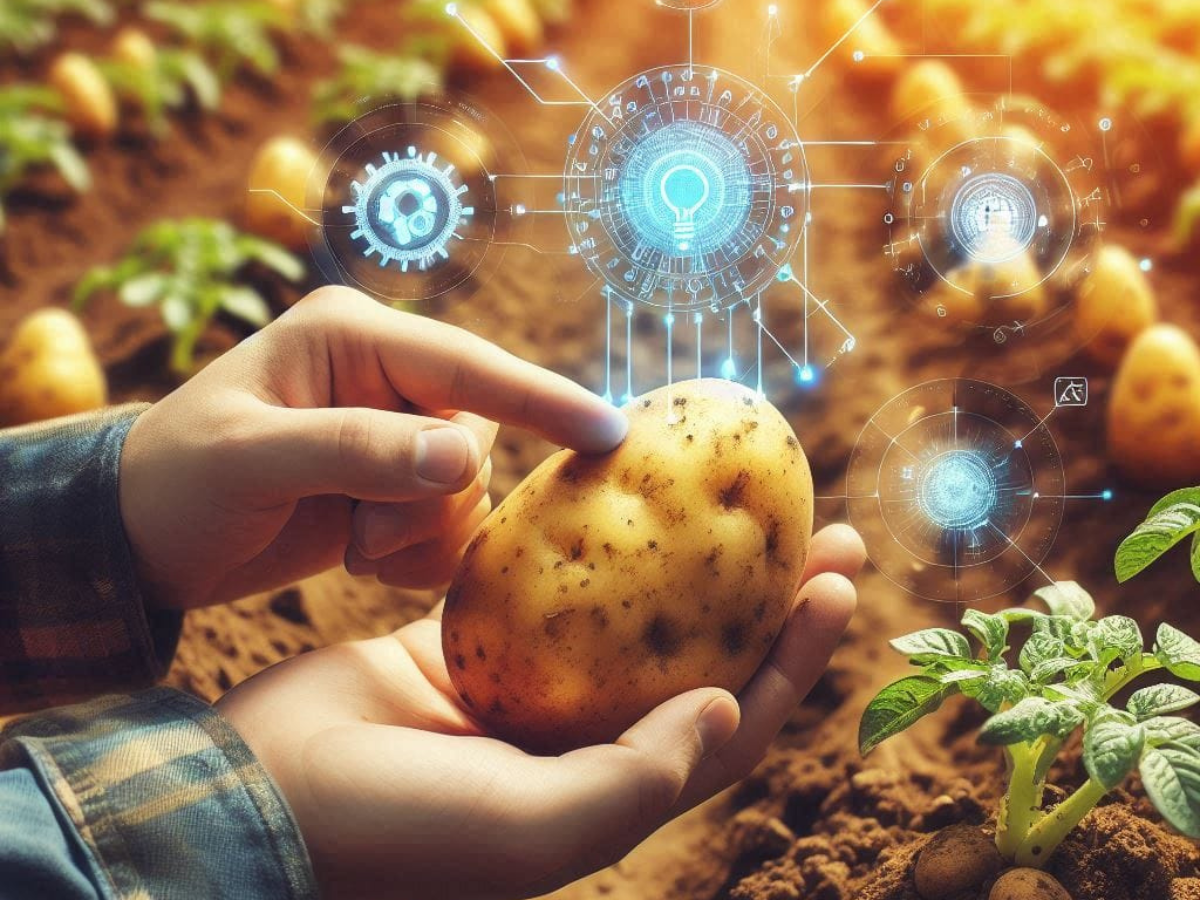Revolutionizing Potato Farming: How IoT is Shaping the Future of Agriculture

In the heart of the digital age, the Internet of Things (IoT) is transforming industries across the globe, and agriculture is no exception. One of the most significant beneficiaries of this technological revolution is potato farming. By integrating IoT into traditional farming practices, farmers are not only optimizing their operations but also paving the way for a more sustainable and efficient future.
IoT in potato farming involves the use of interconnected devices and sensors to collect real-time data on various aspects of the farming process. These devices monitor soil conditions, weather patterns, crop health, and equipment performance, providing farmers with invaluable insights. With this data at their fingertips, farmers can make informed decisions that enhance crop yield, reduce waste, and minimize environmental impact.
One of the key advantages of IoT in potato farming is precision agriculture. Precision agriculture leverages IoT technology to apply the right amount of water, fertilizers, and pesticides at the optimal time. Smart sensors placed in the soil measure moisture levels and send data to an irrigation system that adjusts water delivery accordingly. This ensures that potatoes receive the exact amount of water they need, preventing both water wastage and crop stress. Similarly, nutrient sensors can detect deficiencies in the soil and trigger fertilization only when necessary, promoting healthier crop growth and reducing chemical runoff.
Moreover, IoT enables real-time monitoring and early detection of pests and diseases. Traditional methods of identifying infestations often result in significant crop damage before action is taken. With IoT, sensors can detect anomalies in crop health indicators, such as changes in leaf color or temperature variations, and alert farmers instantly. Early detection allows for prompt intervention, reducing crop loss and decreasing the reliance on broad-spectrum pesticides.
Another transformative aspect of IoT in potato farming is the automation of farm machinery. Autonomous tractors and harvesters, equipped with IoT devices, can operate with minimal human intervention. These machines are guided by GPS and data from sensors, ensuring precise planting and harvesting. Automation not only increases efficiency but also addresses labor shortages, a common issue in the agricultural sector.
Data analytics is a cornerstone of IoT in agriculture. The vast amount of data collected by IoT devices is analyzed using advanced algorithms to identify patterns and trends. This analysis helps farmers predict weather conditions, forecast crop yields, and plan their planting and harvesting schedules more effectively. Predictive analytics also assist in market planning, allowing farmers to anticipate demand and adjust their production accordingly.
Sustainability is another critical benefit of IoT in potato farming. By optimizing resource use and minimizing waste, IoT contributes to more sustainable farming practices. Precision irrigation reduces water usage, while targeted fertilization and pest control decrease chemical inputs. Additionally, the efficient use of machinery lowers fuel consumption and greenhouse gas emissions.
In conclusion, the integration of IoT in potato farming is revolutionizing the agricultural landscape. By providing farmers with precise, real-time data and automating labor-intensive processes, IoT is driving efficiency, sustainability, and profitability. As technology continues to advance, the potential for IoT to further enhance potato farming is immense. Embracing these innovations not only addresses current agricultural challenges but also sets the stage for a more resilient and productive future in farming. The IoT revolution in agriculture is just beginning, and its impact on potato farming is a testament to the transformative power of technology.






